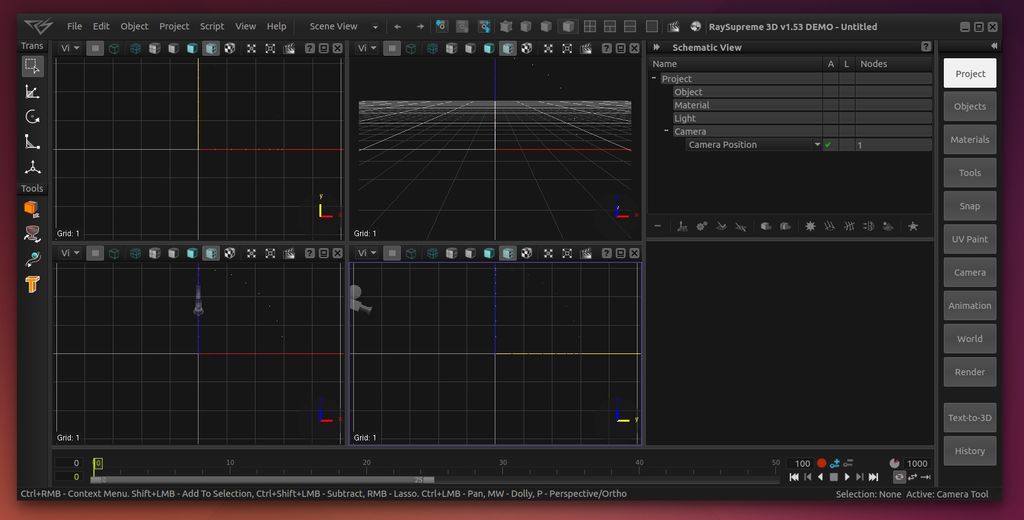


Here's a brief description from the web site. It's free for personal and commercial use. If you're interested in converting photographs to stereo 3D consider giving Gimpel3D a try. For this reason MasterImage 3D is focusing on screens smaller than 10 inches in diameter. A disadvantage of this technology is it requires the user to be positioned close to the screen so it's most suitable for handheld devices. It uses a cell matrix parallax barrier promising no ghosting or cross talk and a smooth transition to a 2D image at wide viewing angles. The video embedded in this Extremetech article explains what HR3D is all about.Īccording to VentureBeat MasterImage 3D's approach to glasses free 3D displays differs from that employed by current devices like the Nintendo 3DS. The trick is 3 LCD screens, limitations in the human visual system and a lot of processing power. It's not stereo vision as it presents a changing perspective as the viewer's head moves. There are a limited number of objects in the database and it's possible the current status of this feature is a gimmick or fun diversion, but if RaySupreme improves over time the potential for novices to easily create 3D scenes is interesting.Īt Siggraph 2012 MIT researchers are going to present their 3D display technology named High Rank 3D (HR3D). You describe a scene in words and the program places the objects in the scene.
RAYSUPREME 3D TUTORIAL SOFTWARE
RaySupreme is interesting 3D software due to its unique interface. Your guide to cutting edge 3D graphics technology


 0 kommentar(er)
0 kommentar(er)
